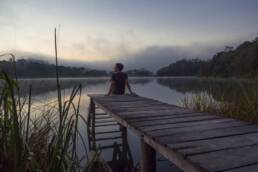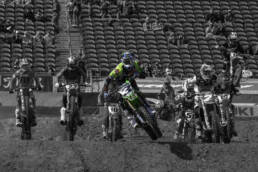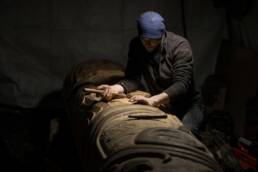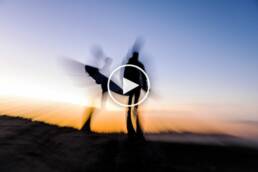Louis Bockner wrote and photographed the article “One Sweet World” in the latest issue of Kootenay Mountain Culture magazine. (Get your copy now ’cause they’re going fast.) We had such a good time working with the Argenta, British Columbia, native, we decided to do a whole article about him and feature his work via Instagram.
On June 30, 1990, Louis Bockner was delivered by his Dad in a one-room cabin, in a 100-person town, in the least populated area of south-central British Columbia. That experience definitely shapes a person. For Louis, it made him seek out people with stories as strange as his own and share them through his photography and writing. He now divides his time between the bustling metropolis of Nelson and his hometown of Argenta in the West Kootenays, where we caught up with him for this interview.
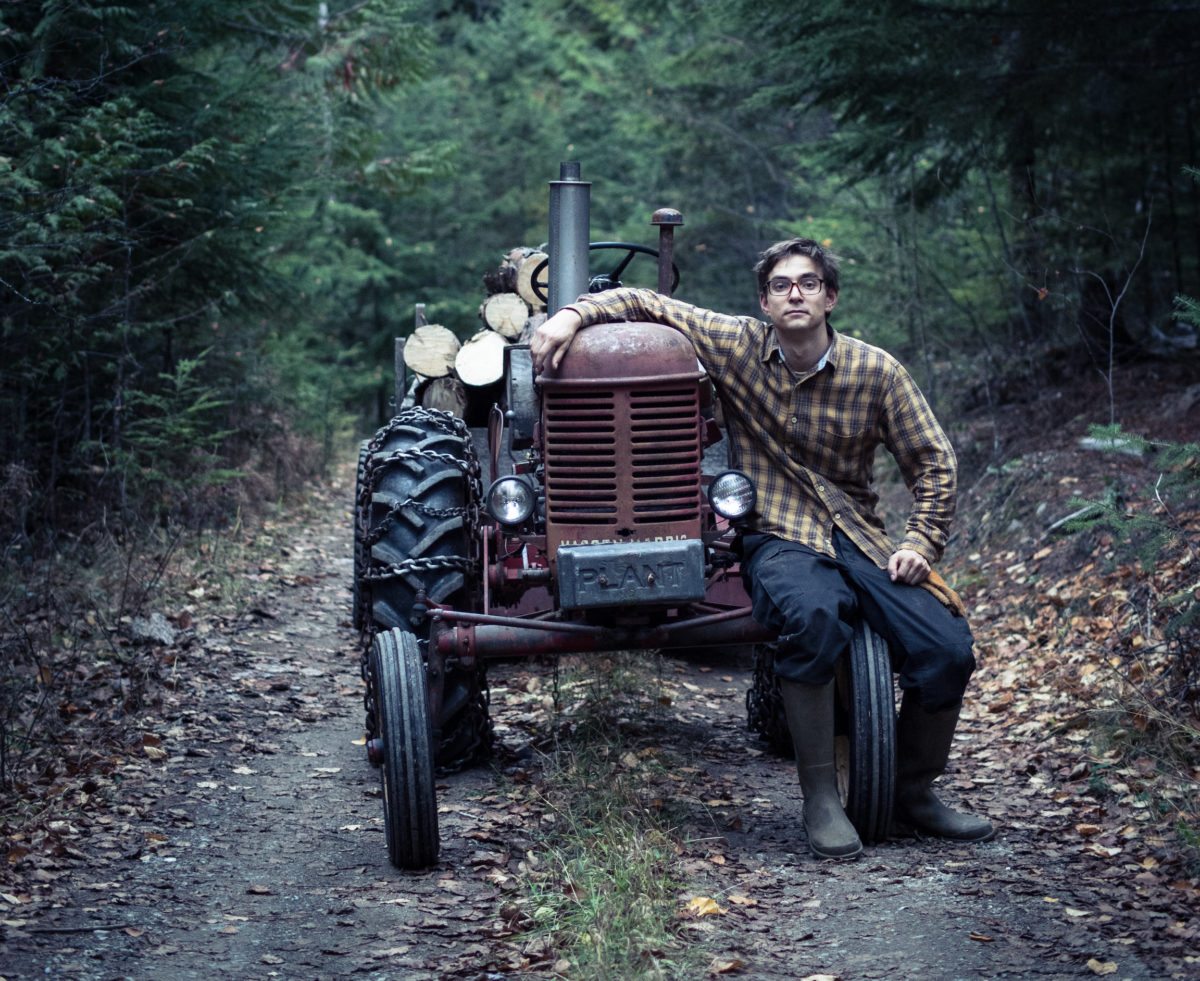
Hey Louis. You grew up in Argenta. How much does that upbringing reflect in your work?
Well, that’s a question with a long, many faceted answer but I’ll try and keep it short. I think more than anything growing up in a town of 150 people has given me a unique vantage point for looking out on the world. It’s a community removed from the the hustle and grinding, competitive nature of the cities so I tend to feel a bit like an alien when I venture out of my little bubble. I believe this actually benefits my work as a writer and photographer because the more you can look at a scene without conditioning based on past experience the better. When we start to take the madness and the beauty of the world for granted we lose clarity and perspective and in my line of work perspective is everything.
In a more direct way the stunning natural elements of the place I was born have given me an appreciation for the wild places of the world and the inner silence you find there. I guess to go back to my first point, I feel an alien fascination when it comes to people and all the shenanigans they get up to, and a deep connection to the beauty of nature when it comes to places free of humans. Both these elements influence much of how I see the world and I think that comes through in my art.
Where are you living these days?
About a month ago I returned from a three-month trip to Guatemala and since then I’ve been back in Argenta, mostly working on finishing up the tiny home I live in. I tend to go through cycles that start with thinking “this is the most beautiful place in the world so why would I go anywhere else?” Then after awhile it changes to “man, people and the action that comes with them is pretty great too,” which makes me go spend some time in a bigger place like Nelson. Then, after the social aspect loses its sheen I end up returning to the quiet and the trees and it starts all over again.
How far have you travelled?
I’ve travelled extensively through Central America as an adult. As a kid I’ve traversed lots of Europe thanks to my Mom being Swiss and also did a trip to Ecuador and Peru with her when I was 10. Funnily enough I’ve seen a lot more of the world at large than of Canada but I’m aiming to change that over the next few years.
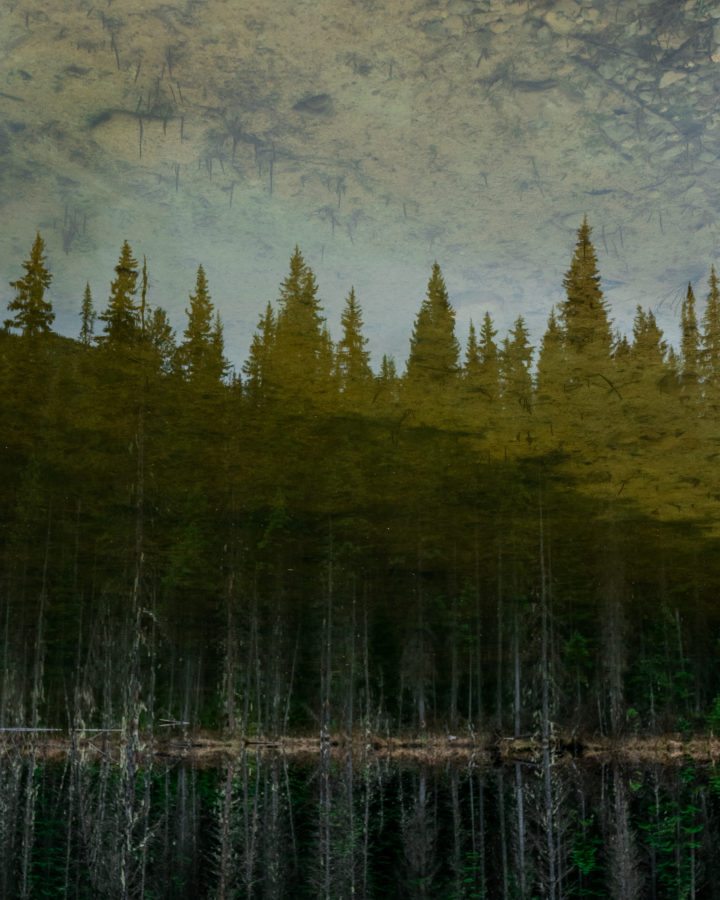
What’s one of the most unusual characters you’ve met on your travels?
Oh man, that’s a tough one. There have been a lot. I picked up a guy named Andrew who was hitchhiking in Golden one time. He was a wild man and spoke with the fervour that people who don’t get to talk to people much have. He had been on the road for seven years and was looking for a place called Coral Mountain where he had a connection with a guy named Tanner. I ended up driving him up some logging road for 20 minutes before we got a place which he described as “Not the place but it is a place, too.” (Where he took this pic of trees reflected in a swamp.) I ended up leaving him at the tourism centre in Field but not before we played my guitar in my van while the rain poured down outside. I wrote down a quote he said at one point that went like this: “I am thankful for the road. The road is beautiful.”
What’s your professional background? Have you always been doing photography?
I’ve more or less always been a photographer. I don’t have another career in my back pocket although I often wish I did just for the security. When I graduated from high school I took the $4,000 my parents had set aside for me to do with as I saw fit (although I think school might have been its real intention) and went traveling with 20 rolls of film. When I got back I spent my remaining money getting them all developed at the Nelson Walmart and then bumbled along working odd jobs to support my new-found art. I did that for another five or six years before finally quitting what random day jobs I had about two years ago — window cleaner, landscaper, mover to name a few — to focus solely on photography and writing.
What’re your favourite subjects to photograph?
That’s a tough question so I think I’m going to dance around it a bit. I think my favourite aspect of photography is its versatility. I can find equal amounts of pleasure and rapture laying on my stomach in an old growth forest photographing spring ferns as I do documenting an early-morning street scene in Nicaragua. I love people and so portraiture and weddings make up a bulk of the work I do to make a living, but on my own time I’ll photograph anything I’m drawn to. I have a serious attraction to night photography as well because everything slows down and with that magical element of time you’re able to capture pictures your eyes could never see.
There’s a lot of black and white images in your repertoire. How do you decide if a situation warrants colour or b/w?
For me colour is a distraction unless it adds something to the image. That being said, lately I’m beginning to embrace colour and see it more but I still love the simplicity and directness of black and white. This also probably stems from my initial photographic love affair with developing black and white film in my high school darkroom.
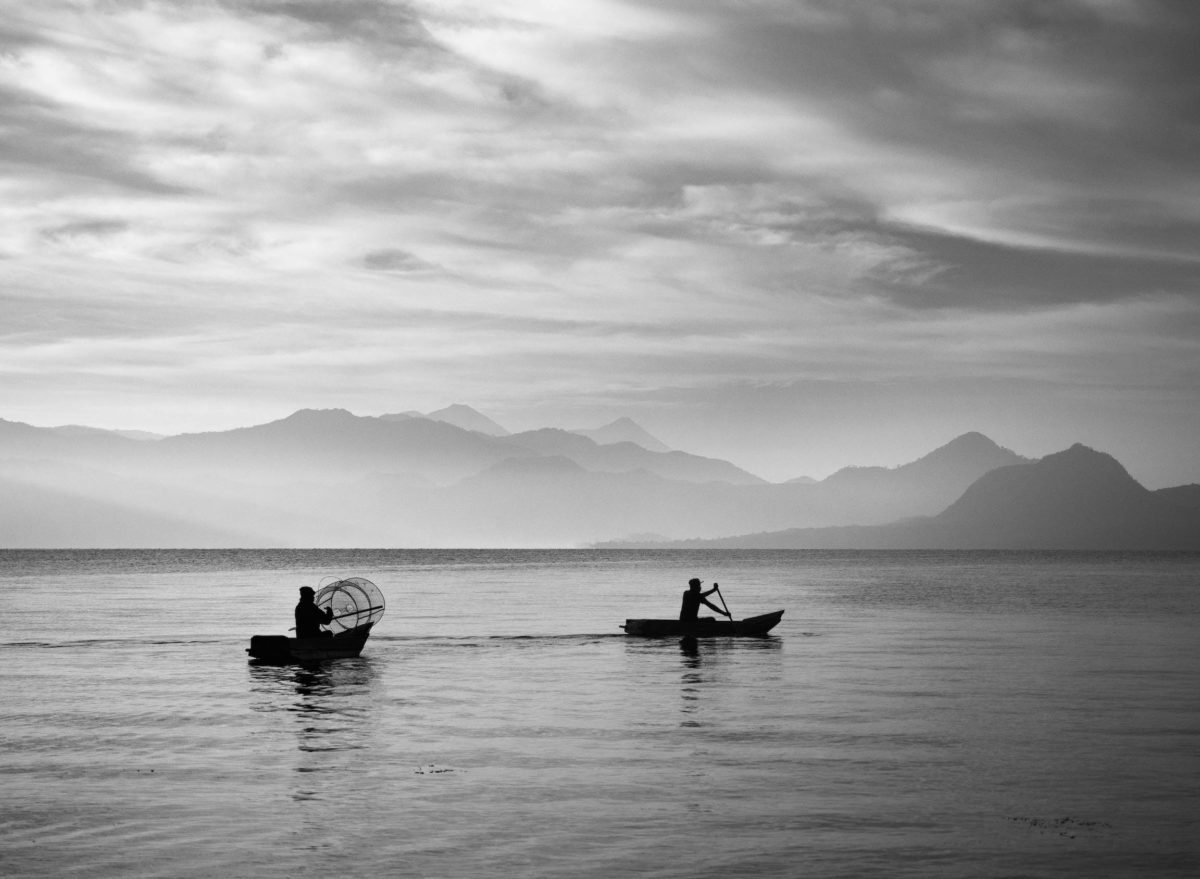
What’s some advice you have for kids interested in getting into this type of work?
I would say don’t dive straight in unless you’ve got a lot of support both financially and otherwise. I think being able to come at an art form as a passion first allows you to fall in love properly before there is money involved. In my experience the mixing of art and commerce is a tricky balance and when the pressure is on to make ends meet with art it can push you into places where the passion can dwindle pretty quickly. I once took photographs for a guy who made wooden CNC machine-cut wall hangings that said things like “LOL” and “BREATHE.” I’d say a bit of my artistic soul went on strike that day. When I teach photography classes I always say the bottom line, especially when you’re starting out, is to have fun. You have to learn the technical aspect of how photography works but don’t lose yourself in that. And if you do, like I did when I went to photojournalism school, make sure you find yourself and your passion when you come out the other side.
I would also recommend long exposure photography as a way of learning the basics of shutter speed and aperture. I find that when people are first learning those aspects it can seem too abstract. It’s hard for our brains to really imagine the difference between a shutter being open for 1/1000th of a second versus 1/4000th. As I said earlier when you go out at night and put your camera on a tripod everything slows down. Those shutter speed times turn into 30 seconds or more and you begin to understand in a very simple, real way how light enters your camera and how you can control it. My final piece of advice, if you want to do photography full time (or writing for that matter), comes from a journalist who I asked a similar question to. “Marry rich,” he said, and I think he was only partially joking. I haven’t managed to make that one happen yet so I compensate by living a pretty simple life which suits me just fine.
Related Stories
Teen Kootenay Photographer Captures World Supercross Championships
Conrad Swetland sets up track-side at Seattle’s Monster Energy AMA Supercross and snapped the action for this exclusive…
Meet Hickshow Productions
Hickshow Productions is as grassroots as it gets: they're Slocan Valley sleddin' souls who have a scene or two to…
The North Face Photographer Cory Richards and The Power of Intimacy
Cory Richards is an inspiration. As a National Geographic photographer and North Face athlete he has traveled all…
Meet Pemberton Carver Ryan Scoular
Third-generation carver Ryan Scoular of Pemberton, British Columbia, is a chip off the old block. By Lisa Richardson.…
Tofino Photographer Marcus Paladino’s Showdown Slideshow
Marcus Paladino shares with us his slideshow from the World Ski & Snowboard Festival Pro Photo Showdown. Marcus…
The Motocross Grand Prix As Seen Through The Lens Of A Kootenay Photographer
What's the Motocross Grand Prix look like? Kootenay photographer Conrad Swetland travels to England to find out. Here's…


